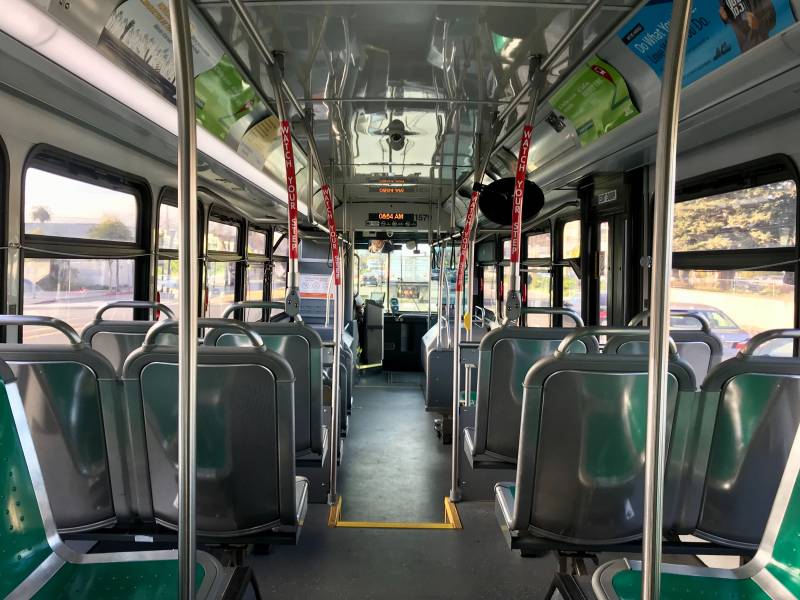San Francisco Mayor London Breed spoke at a press conference Monday afternoon, telling the city: “The time now is not to panic; it’s for us to come together. It’s for us to follow the directives, to prevent the spread of the coronavirus so that we can get through this very challenging time. Ultimately we will.”
“While the goal is to limit groups congregating together in a way that could further spread the virus, it is not complete social shutdown,” said Dr. Matt Willis, Marin County’s public health officer in a statement Monday. “You can still complete your most essential outings or even engage in outdoor activity, so long as you avoid close contact.”
Officials said Monday there is no need for people to buy food and other supplies in a panic, and that grocery stores would remain open.
Monday’s order also restricts travel to that which is essential. Travel from outside the area back to a place of residence is permitted.
Violating the order will be a misdemeanor, said San Francisco Police Chief William Scott, but he stressed that this would be a last resort.
Local health officials said Monday that a regional response is now needed to slow the spread of the COVID-19 virus in the Bay Area.
“We were seeing a tipping point here in Santa Clara County, with exponential growth of our cases,” said Dr. Sara Cody, Santa Clara’s public health officer. “Over the weekend, I had a discussion with fellow health officers in the Bay Area ,and we were looking at trends and realized very quickly that we are one region and that what’s happening in Santa Clara County today, where we’re the epicenter, will soon be happening in the adjacent jurisdictions.”
“We decided collectively that we needed to take swift action as soon as possible to prevent the further spread and to protect our critical healthcare infrastructure.”
Essential activities for which you can leave you house, as defined by San Francisco’s order:
-Obtaining medicine, seeing a doctor or other tasks essential for health and safety.
-Getting necessary services or supplies for your family or for household members, including those necessary to remain at home, including procuring pet food.
-Engaging in outdoor activity, such as walking, hiking or running if you stay at least six feet away from other people.
-Taking pets outside is okay, as long as the six foot rule is observed, if walking with other people.
-Performing work providing essential services.
-Caring for a family member in another household.
-Caring for elderly, minors, dependents, people who are disabled or are otherwise vulnerable.
Essential businesses that can remain open:
-Health care operations (including home health workers), pharmacies, health care supply stores and facilities
-Essential infrastructure, including construction and public transportation and utilities
-Grocery stores, farmers markets, convenience stores, food banks
-Food cultivation, including farming, livestock and fishing
-Businesses that provide necessities for the economically disadvantaged and for shelters
-Newspapers, television, radio and other media services
-Gas stations and auto repair
-Banks
-Garbage collection
-Businesses providing mail and shipping services
-Hardware stores, plumbers, electricians and other essential service providers
-Educational institutions for purposes of distance learning
-Laundromats, dry cleaners, and laundry service providers
-Shippers or delivers of groceries, food and good related to residencies
-Childcare facilities
Read the full list of essential activities, businesses and travel in the order here.
